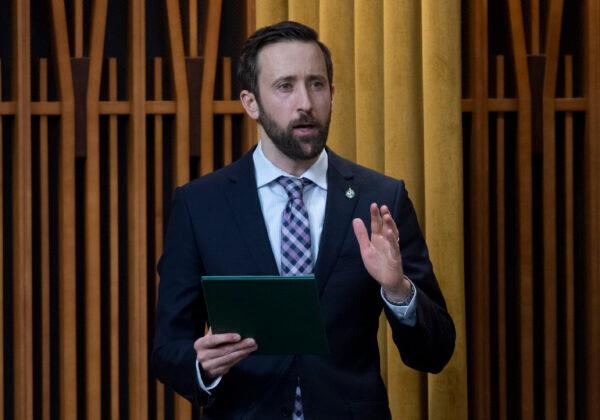News Analysis
Premiers have been calling for freer trade between the provinces and making moves toward it since before the pandemic. Now, with the economy in a shambles and unreliable international supply chains leaving many businesses scrambling, removing interprovincial trade barriers has taken on new urgency.





